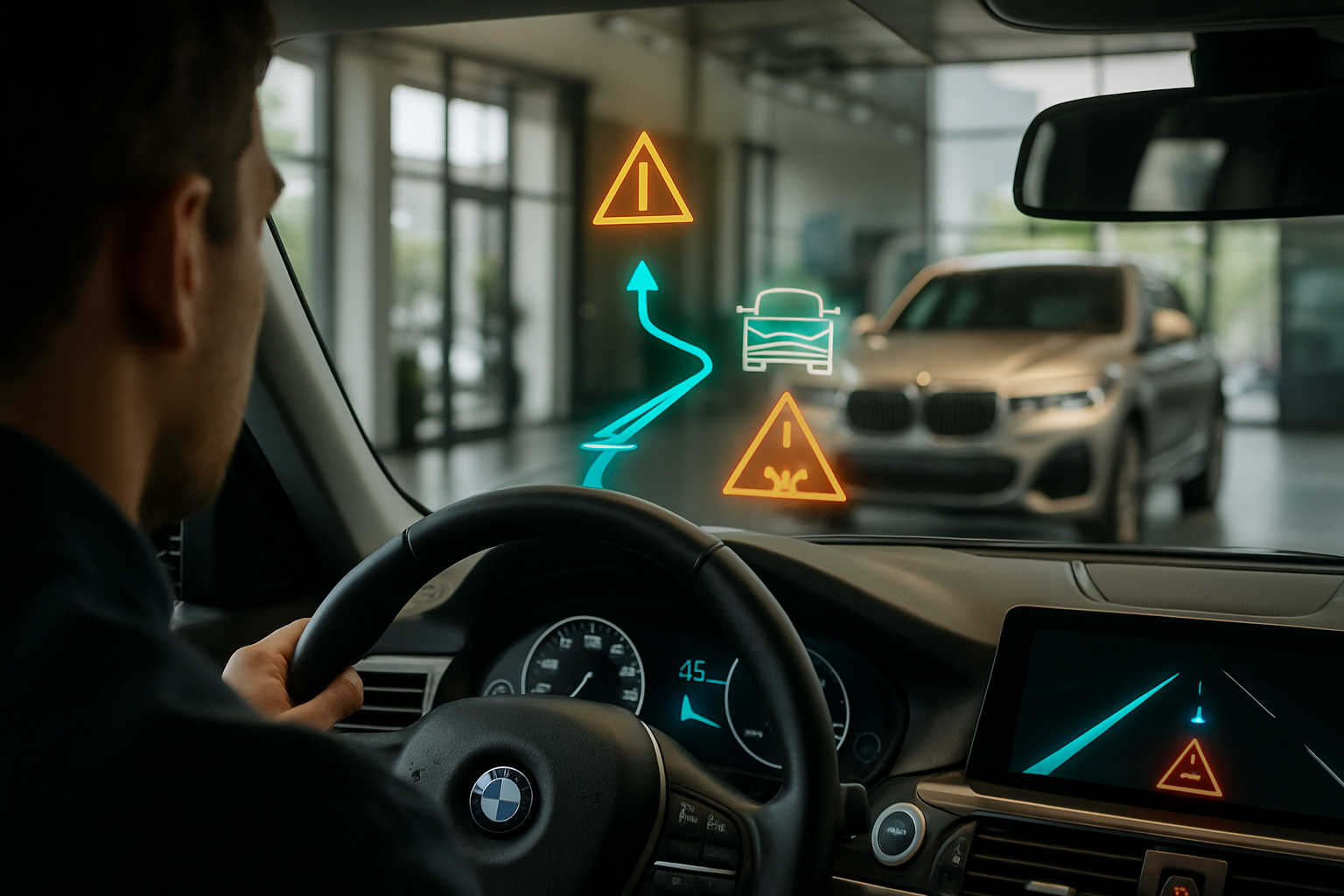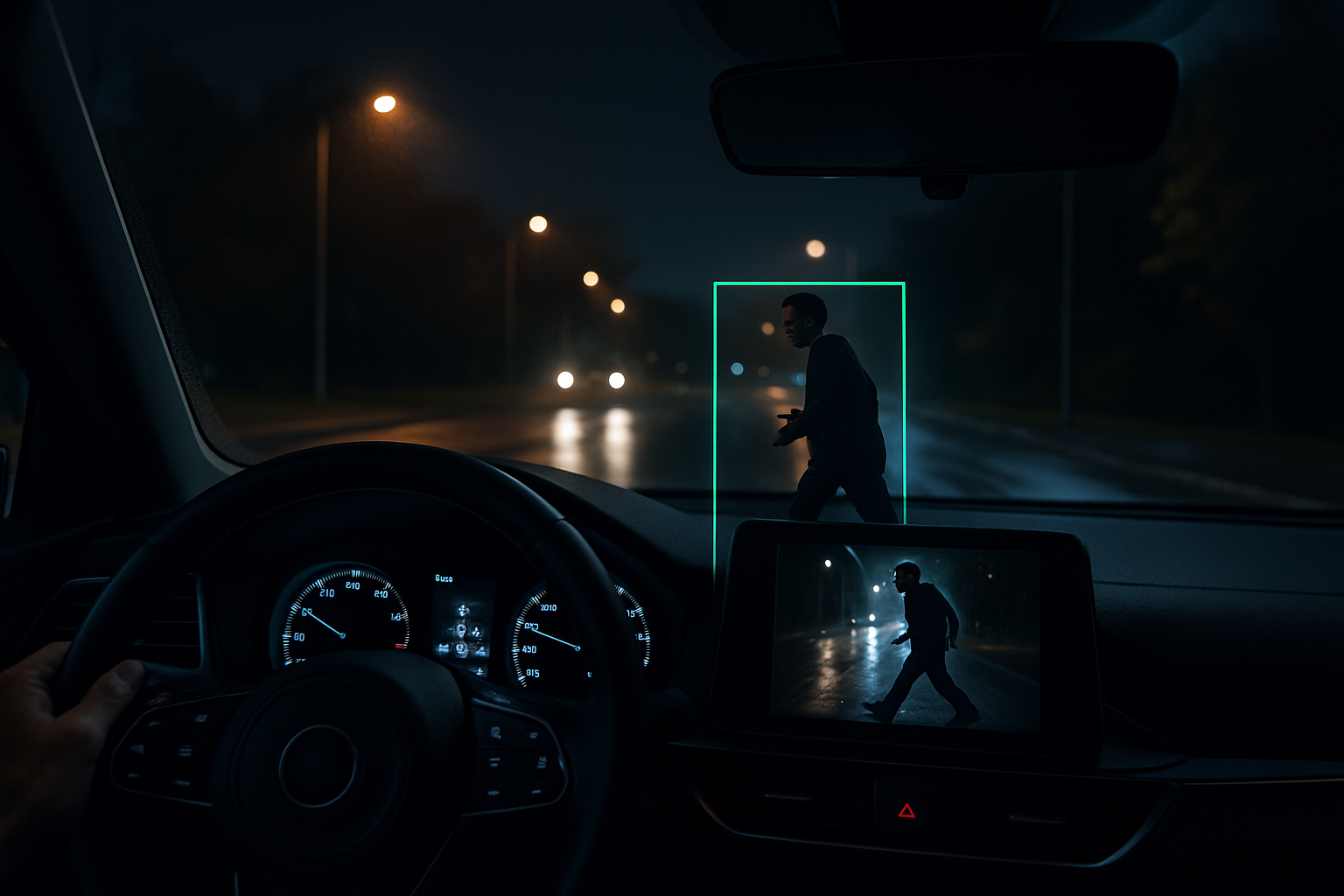The Intricacies and Future of Augmented Reality in the Automotive Industry
The concept of Augmented Reality (AR) dates back to 1968 when Ivan Sutherland introduced the first AR system. Though initially confined to military use, it was in the late 1990s that AR technology made its debut in the automotive industry. BMW was one of the first carmakers to demonstrate an AR-based maintenance system in 2008. Since then, AR has seen tremendous advancements and is steadily becoming an integral part of the automobile landscape.

Augmented Reality: The New Driving Companion
Today, AR is transforming the driving experience. The technology is being leveraged to improve navigation, enhance safety, and facilitate maintenance. For instance, AR-based navigation systems project directions onto the windshield, eliminating the need to look away from the road. Similarly, AR heads-up displays highlight potential hazards, and AR manuals simplify vehicle maintenance by providing step-by-step guidance.
The Current Trends: Where AR Stands in Today’s Automotive Industry
As we move further into the 21st century, car manufacturers are increasingly incorporating AR into their vehicles. According to a report by Allied Market Research, the global AR automotive market is projected to reach $7.98 billion by 2025, growing at a CAGR of 30.1% from 2018 to 2025. AR is no longer a futuristic concept but a reality that is reshaping the automotive industry.
The Impact and Challenges: Weighing the Pros and Cons of AR in Cars
While AR offers numerous benefits, it does pose some challenges. The technology significantly improves navigation and safety, but it also requires high computational power and sophisticated sensors to function effectively. Moreover, there is a need for stringent regulations to ensure that AR features do not distract drivers. Despite these hurdles, the potential benefits of AR are driving its adoption in the automotive sector.
Looking Ahead: The Future of AR in the Automotive Industry
AR technology is poised to revolutionize the automotive industry. As car manufacturers continue to invest in AR, we can expect to see more sophisticated AR features in the coming years. For instance, advancements in AR could lead to the development of virtual showrooms, where customers can explore and customize vehicles in an immersive environment. In addition, AR could also play a major role in the development of self-driving cars by enhancing their perception capabilities.
In conclusion, AR technology holds exciting possibilities for the automotive industry. As we continue to advance and refine this technology, we are likely to see AR become a standard feature in cars, changing the way we drive and interact with our vehicles.





